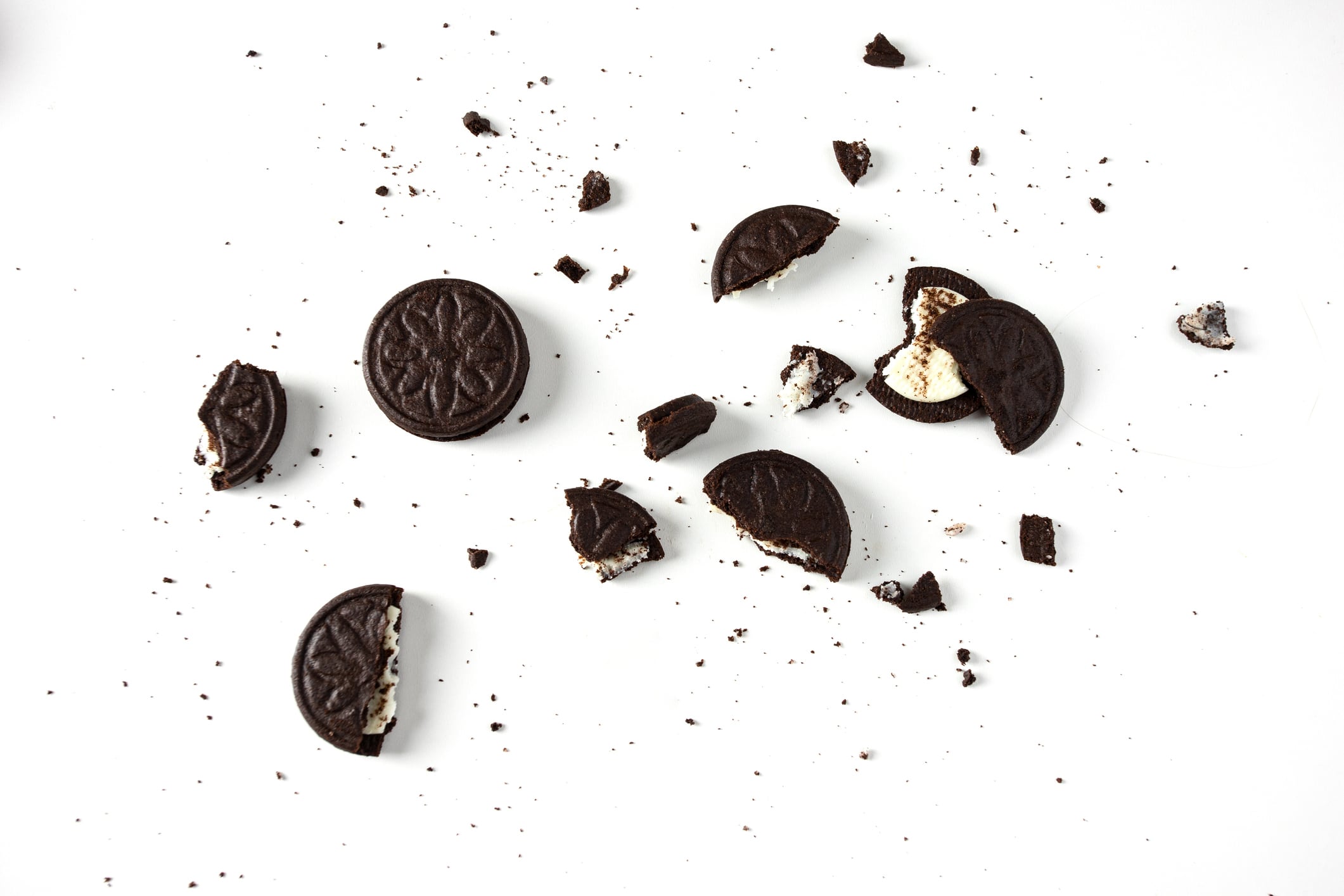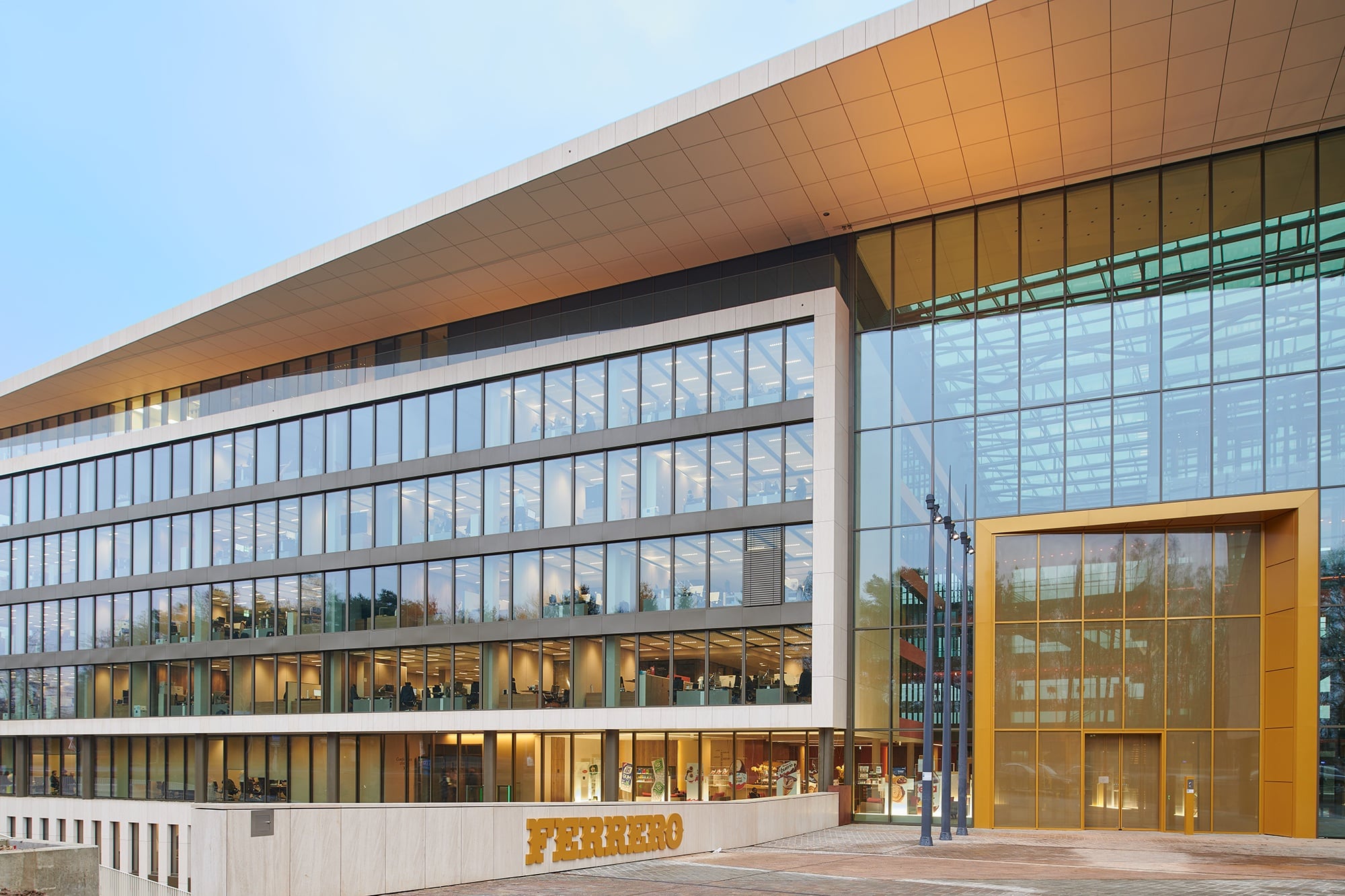Barry Callebaut’s full-year results: Key summary
- Group sales volume fell 6.8 percent due to cocoa strategy
- Global Cocoa volumes dropped 12.8 percent amid return prioritisation
- Revenue rose 49 percent to CHF 14.8bn (€15.9bn) from cocoa price surge
- Recurring EBIT grew 6.4 percent but net profit fell 35.9 percent
- FY 2025/26 targets deleveraging below 3.5x and profit recovery
Barry Callebaut has released its full-year earnings results, and the numbers make for difficult reading.
The world’s leading manufacturer of chocolate and cocoa products published its full-year results for the fiscal year 2024/25, Wednesday morning, showing an overall Group sales volume decrease of 6.8%, with Global Chocolate down 5.3% and Global Cocoa down 12.8%.
According to the Swiss-Belgian multinational, customer behaviour shifts, consumption softness, and adapted strategy for return prioritisation in Global Cocoa, were directly responsible for these steep declines.
“The past fiscal year was marked by exceptional and unprecedented volatility in the cocoa and chocolate markets, impacting both Barry Callebaut and our customers,” said Peter Feld, CEO of Barry Callebaut Group, in a statement.
However, the company’s strategy shifts resulted in revenue rising sharply (49%), reaching CHF 14.8bn (€15.9bn). This was primarily driven by higher cocoa-related pricing.
Meanwhile recurring operating profit (EBIT) rose by 6.4%, showing resilience despite challenging conditions.
“Thanks to the agility of our teams, we took decisive actions in H2 to improve cash generation and significantly reduce leverage, particularly through the adaptation of our cocoa operating model to prioritise returns and the implementation of a group-wide sales and operating planning process,” said Feld.
The business reduced its leverage - measured as net debt to recurring EBITDA - from 6.5x in the first half of the year to 4.5x.
These actions also led to “significant free cash flow generation” of CHF 1.8bn in the second half, although the full-year figure remained negative at CHF -3.1bn.
Recurring net profit fell by 35.9%, due to lower sales volumes and increased investments in digital transformation and capability building, aimed at navigating market disruptions. These costs offset the benefits of cost-plus pricing, favourable product mix, and savings from the company’s BC Next Level efficiency programme.
Strategy for 2026 and beyond
For the 2025/26 financial year, the company is prioritising reducing its leverage to below 3.5x Net Debt/EBITDA and laying the groundwork for a return to growth.
The first half is expected to remain under pressure, with improvements anticipated in the second half.
Global Chocolate is forecast to see a mid single-digit decline in volume, while Global Cocoa will experience a mid-to-high single-digit decrease, driven by a focus on return on invested capital (ROIC). As a result, total group volume is expected to decline by a mid single-digit rate, largely due to cocoa bean price developments affecting strategic prioritisation in Global Cocoa.
Despite this, the company expects low-to-mid single-digit growth in recurring EBIT and double-digit growth in recurring profit before tax, measured in local currencies.
Outlook optimistic
While Barry Callebaut’s full-year results reflect a challenging operating environment, the company remains focused on stabilising its financial foundation and positioning itself for future growth. Strategic investments, pricing resilience, and operational efficiencies have helped offset some of the pressure from declining volumes. With a clear roadmap for deleveraging and a cautiously optimistic outlook for profit growth in 2025/26, the business appears committed to navigating volatility while preparing for a more sustainable recovery in the second half of the year.
“We are preparing Barry Callebaut to get back to growth,” said Feld. “We will be leading in chocolate, growing in cacao coatings (compound solutions), and launching non-cocoa solutions.”
What does this mean for manufacturers?
For Barry Callebaut’s customers - from artisanal chocolatiers to global food manufacturers - the company’s strategic shifts and financial recalibration signal a period of transition.
While pricing volatility and supply-side pressures may continue to affect procurement and planning in the short term, the group’s focus on stabilising operations, improving efficiency, and investing in digital capabilities could ultimately enhance service reliability and product innovation. As the company works toward restoring growth and reducing debt, customers may benefit from a more streamlined, value-driven approach, though they should remain prepared for continued market fluctuations, particularly in cocoa sourcing and pricing.





